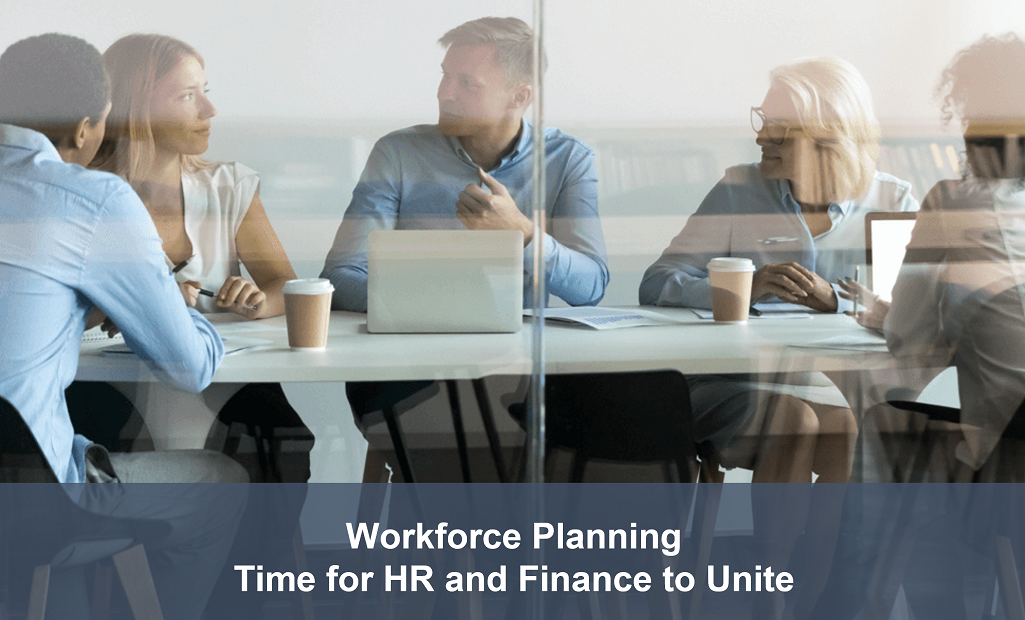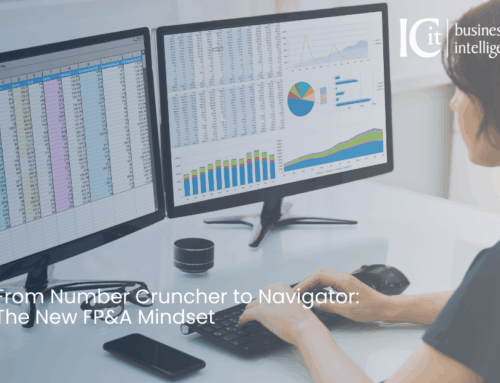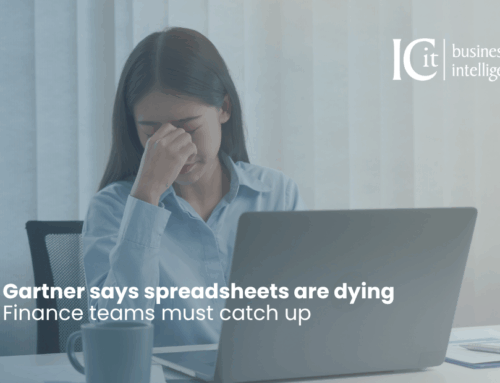From Adaptive Insights.
Table of Contents
- The opportunities for improvement
- HR and Finance as strategic partners
- Innovation as an enabler
- The benefits of improved targeting
Business leaders know that people are usually the biggest expense in any organisation, accounting for 70-80 percent of a given employer’s spending. And, in today’s fast-paced and fluid employment environment, HR teams are facing increased pressure to optimise the value of their organization’s people investments. This takes insights into people data and trends—such as skills, retention, employee engagement—at a more granular detail than simply headcount. It also takes a holistic company-wide workforce planning approach that includes collaboration between HR, finance, and operations. And to do this at the speed required in business today makes the challenge all the more daunting. This is where Workday Adaptive Planning comes in.
The opportunities for improvement
Yet herein lies an opportunity: Many key responsibilities for workforce planning are the purview of HR, yet the analytics and process acumen required are capabilities that finance has been honing for some time. Extending these capabilities will enable a more strategic partnership between HR and finance to develop a workforce strategy will drive a shared goal of delivering better business results.
Traditionally, workforce planning has been primarily headcount planning with HR and FP&A operating in silos. Overtime, these silos have evolved around each team’s perspective: HR is focused on filling open reqs with the right candidates quickly while finance worries about forecasting headcount accurately and ensuring that everyone adheres to financial targets.
Complicating this process is that these silos often operate using manual processes and spreadsheet-based data collection. The result is a deluge of separate, disconnected plans. Not only is this slow and inefficient for both teams, but it also hinders HR from delivering, and demonstrating, the important value it brings to the business.
HR and Finance as strategic partners
When looking for ways to enhance efficiency and effectiveness, it is key for a modern HR department to strategically partner with finance to develop strategies that will both help the workforce’s professional development and drive better business results. This isn’t as difficult as it may seem at first, as long as there is an initial focus on clarifying the priorities on both sides and understanding how both teams can provide the information the other needs to perform its job function at the highest level. By and large, this means establishing key performance indicators (KPIs) from a company-wide perspective—not just the usual HR and finance metrics.
It starts with strategic workforce planning that supports your business strategy. For example, let’s say a company decides to enter a new market, and a key component is, of course, workforce planning to support the strategy. HR and functional leaders will need to work together and decide if they should hire FTEs or use contingent workforce. They should review skills in the organisation to consider retraining the existing workforce or hiring new talent. Location must be considered, so do they hire for headquarters, an existing satellite office, or open a new location in the hopes of drawing new talent? All of these decisions are much more than headcount planning. It’s requires that you look at your current workforce skill sets, model hiring plans, and ramp up scenarios.
Innovation as an enabler
Now imagine doing that in spreadsheets and emailing back and forth between HR and finance to get alignment. With spreadsheets, it’s extremely difficult to create a multi-dimensional view of headcount. Both teams miss out on instant visibility into planning for new hires, promotions, and merit pay increases. Minus this transparency, driver-based planning—an approach that links financial forecasts to operational activities—becomes impossible.
But collaboration between HR and finance departments is only becoming easier as new technologies and tools are emerging that create a prime opportunity for finance to add real value to the process. Cloud-based, company-wide planning platforms can now provide organisations with a single source of up-to-date truth, from which planning, reporting, and analytics can be done by both HR and finance in the same system. By integrating the workforce plan with the FP&A plan, there is one holistic view that is accessible by both finance and HR.
The benefits of improved targeting
This new technology helps HR target the skills that are critical to delivering on strategic initiatives, identifying skill gaps, and quickly identify and cultivate key personnel and prospects who can carry out necessary tasks. On the finance side, workforce data can be calibrated against realistic market conditions and balanced against demand for key skills that support the business objectives, helping to get the leadership team to a total cost view of personnel and more accuracy in head-count driven forecasts where headcount is a revenue driver.
Bringing it all together, collaboration is critical to ensure that talent management and cost management result in the right people joining the company at the right time to meet overall business objectives. When HR and finance rely on a single source of truth from a constantly updated cloud-based system, that collaboration gets a whole lot easier—and both sides start to realise they’re working toward the same goal.
In Safe Hands
With over 20 years’ experience, 450+ projects and 250+ customers, we have seen every imaginable challenge in delivering successful projects. See our Consultancy Services for more details.








